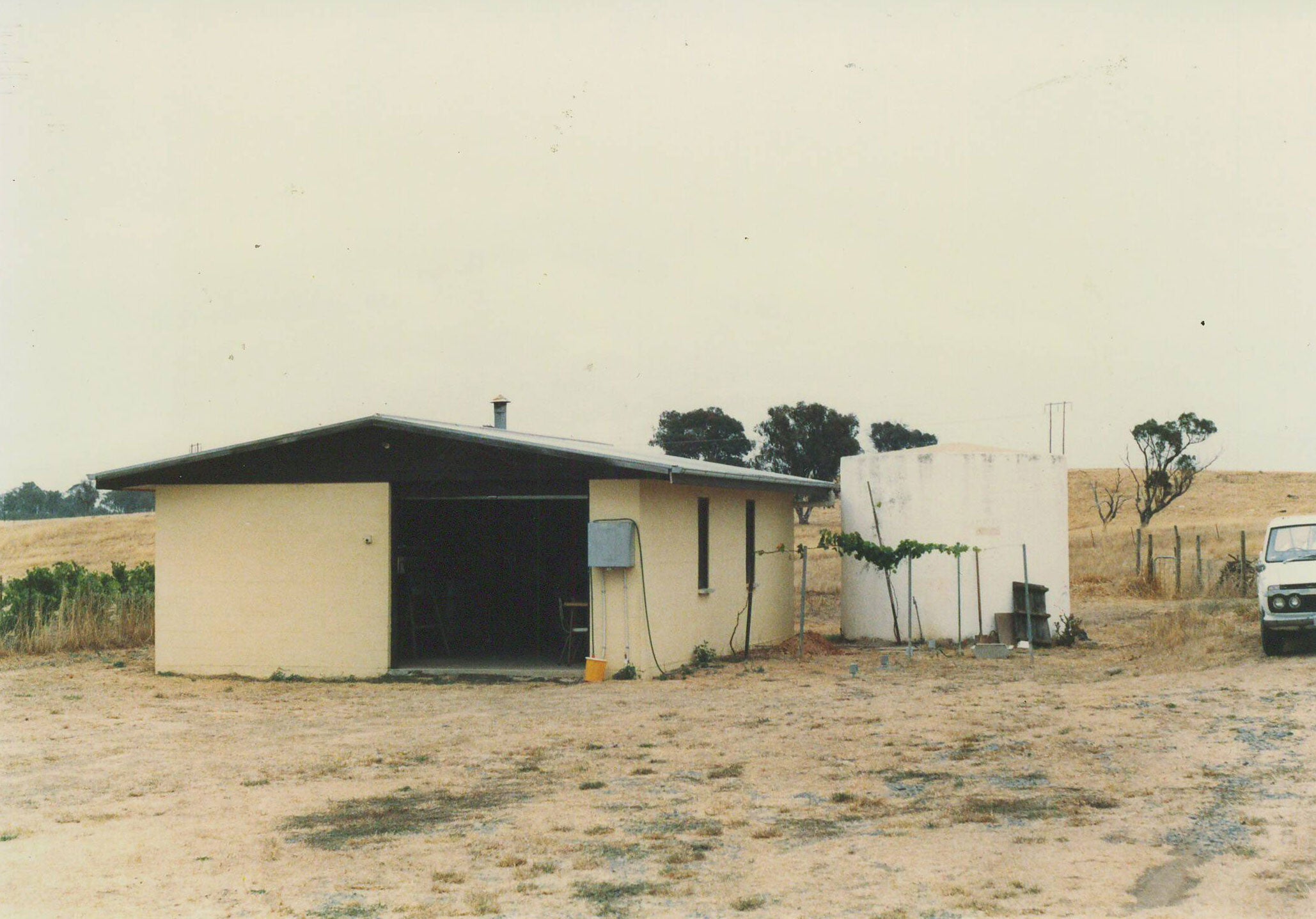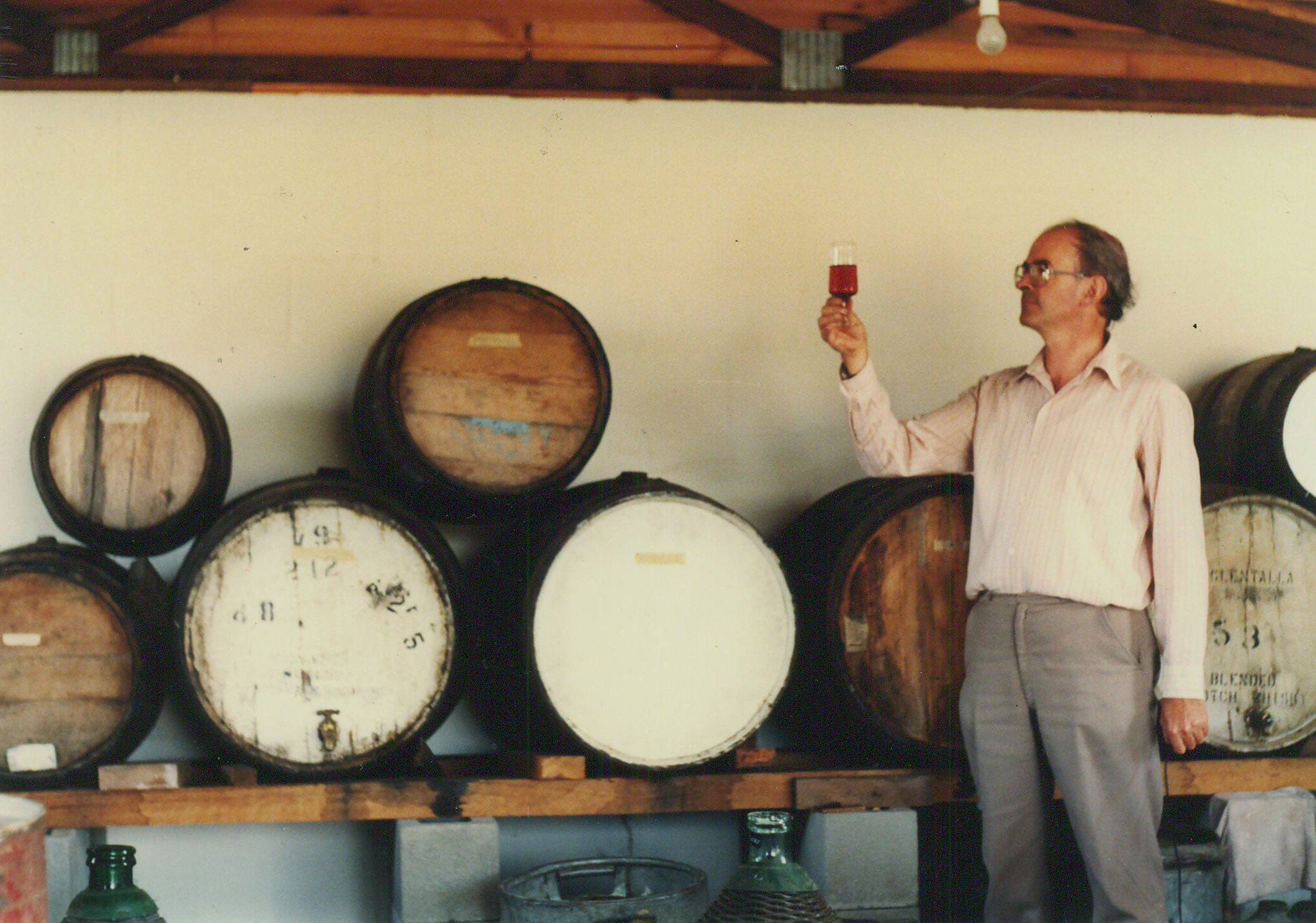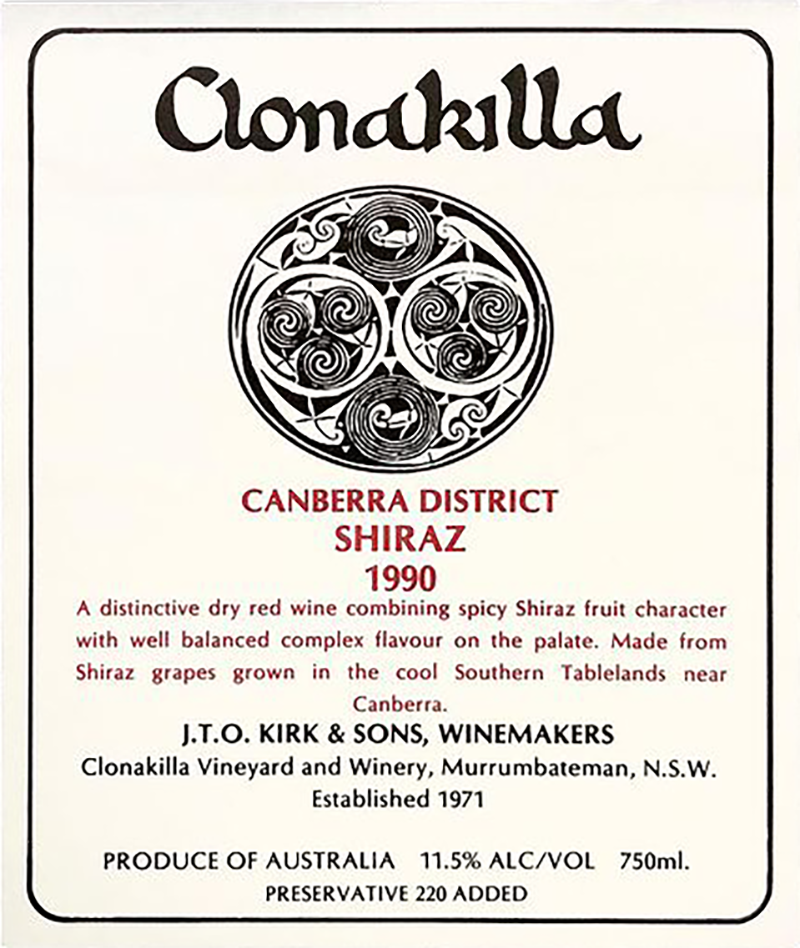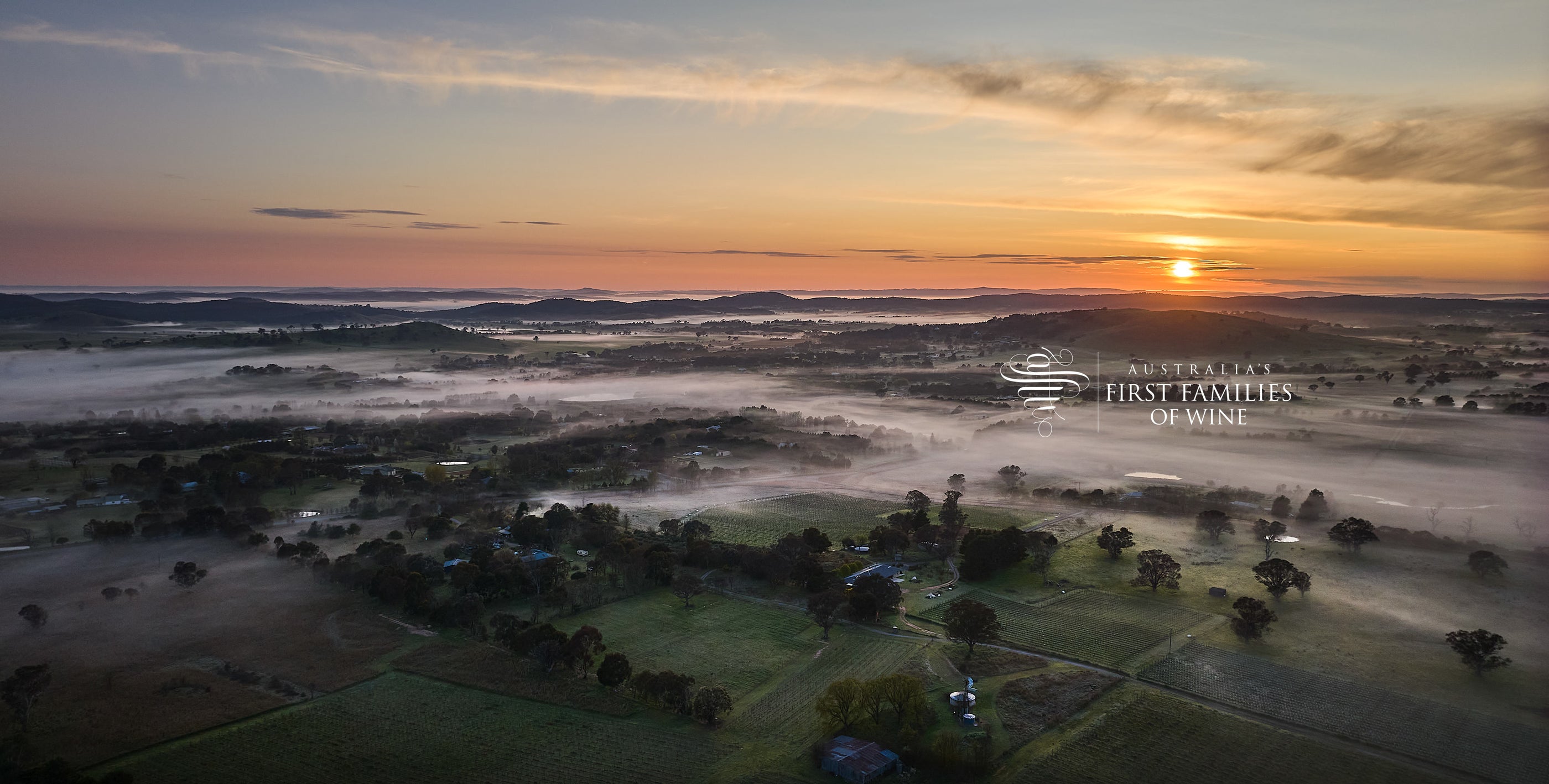Tim KirkThere's something about our site here. Our job is to capture whatever is truly good, noble, beautiful and unique about this landscape and present it in as pure a form as possible.
It has been a remarkable journey for Clonakilla. When John Kirk planted the first vines in 1971 he had no idea that his vineyard would one day be celebrated as one of the best in the country. Along the way there have been trials and tribulations as well as moments of unprecedented success.
Over time something important has become clear: Murrumbateman and Shiraz are one of those rare combinations in the world of wine that can produce something truly exciting.
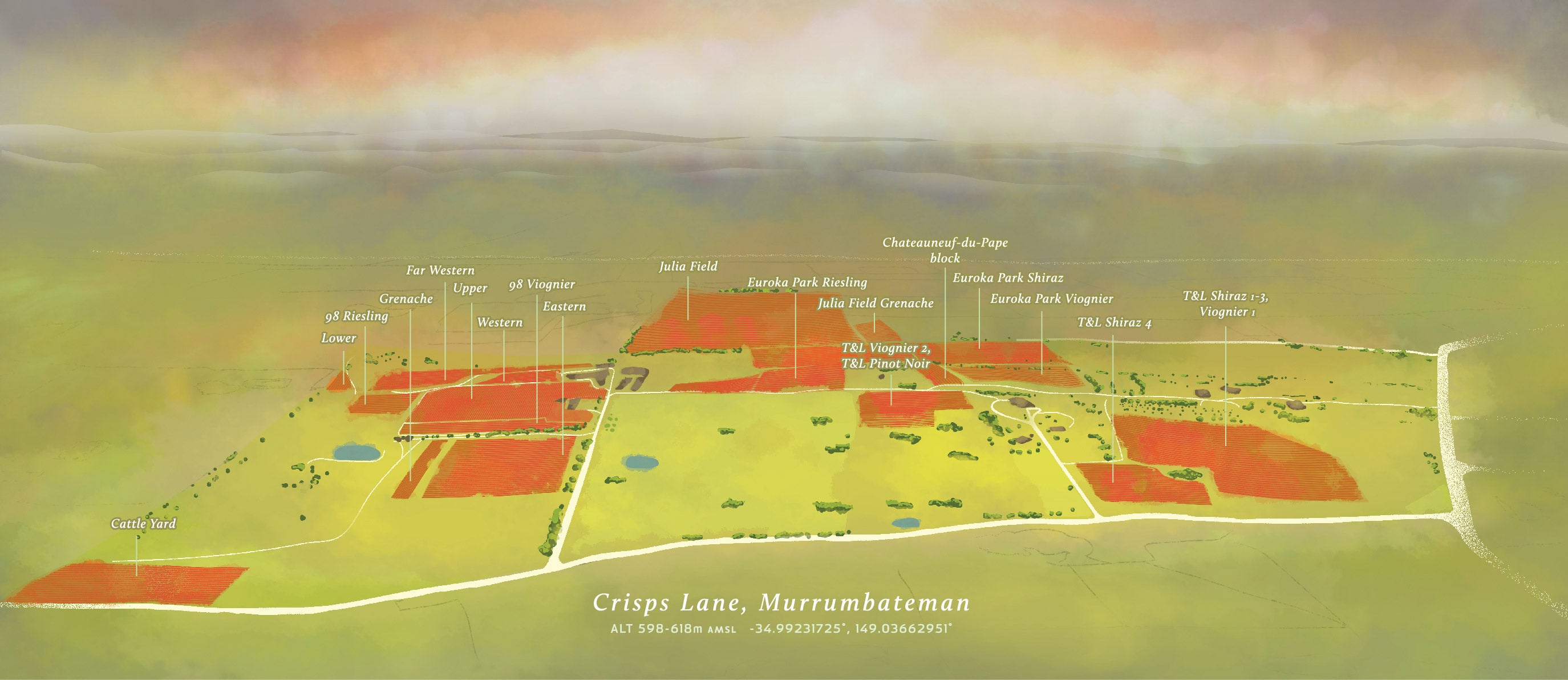
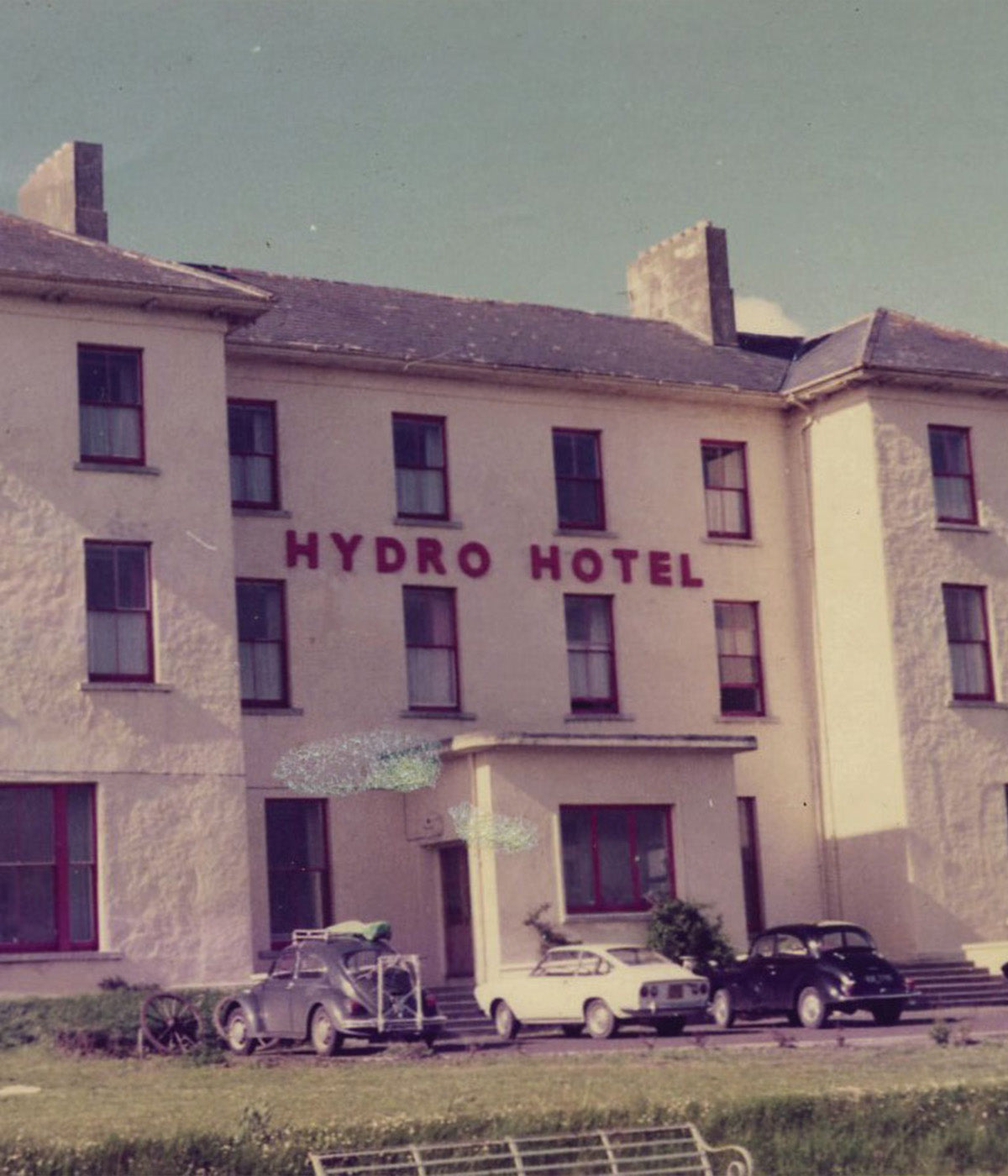
1949
LISDOONVARNA, COUNTY CLARE
John had first developed an interest in wine when he was fourteen. His parents owned the Hydro Hotel in Lisdoonvarna, County Clare, Ireland. When he came home from boarding school one summer he was given the job of looking after the bar and stocking the hotel cellars.
To get a handle on his new responsibilities he began to read about the great wine regions of Europe. He soon became smitten with the idea of wine.
His personal knowledge of the subject was greatly expanded through his years of studying biochemistry at the University of Cambridge, and his postdoctoral work at Oxford.
In 1968 John came to Australia to take up a research position with the CSIRO Division of Plant Industry in Canberra.
...as soon as we experienced the Canberra environment, I started asking, “Why aren't there vineyards here?” I thought it was natural, comparing it with Europe. I was always told, “Oh, it's too cold in Canberra, you can't grow vines there.” Well I didn't believe that.
John Kirk
1968
John, Julia and growing family arrive in Australia. John begins his work with the CSIRO Division of Plant Industry in Canberra.
Super 8 footage below shows the young family en route to Australia along with some early Australian experiences.
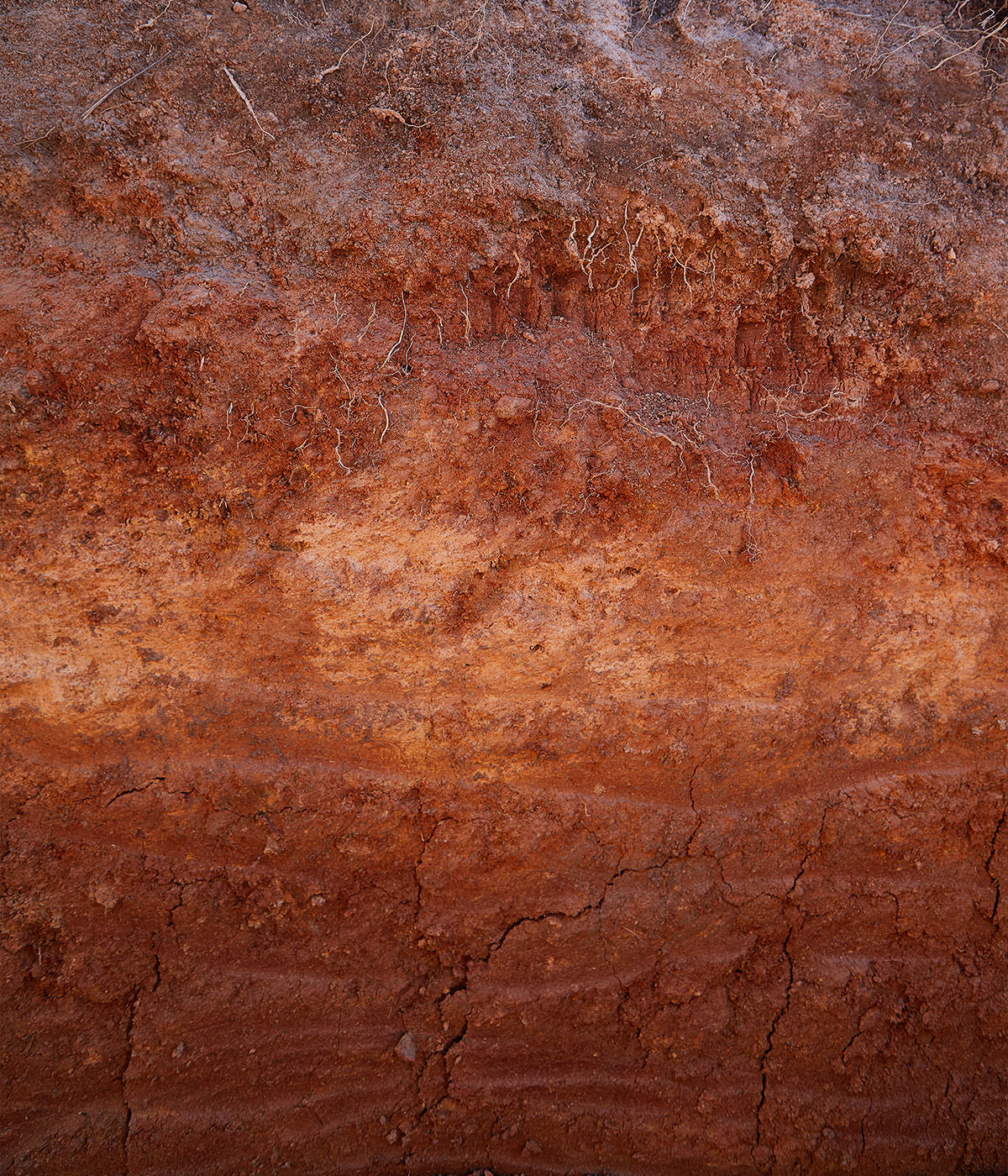
1971
First steps
If Clonakilla manage to produce wines with their own recognisable character, what is the secret? There isn't one.
John Kirk
The essential element is summed up in the French word 'terroir'... More than half a century ago, more by good luck than good management, I stumbled upon a site with a good terroir.
In 1971 John bought a 44-acre farm near the village of Murrumbateman, 40 kilometres north of Canberra.
A profile of the soil shows the special reddish parna that may be the deposit of inland soils blown in many thousands of years ago. This permeable layer rests over yellowish clays under which lies a heavier bed of clay consisting of broken down, decomposed dacite of volcanic origin.
On this soil, John planted a vineyard and named the property Clonakilla - ‘meadow of the church’ - after his grandfather’s farm in County Clare.
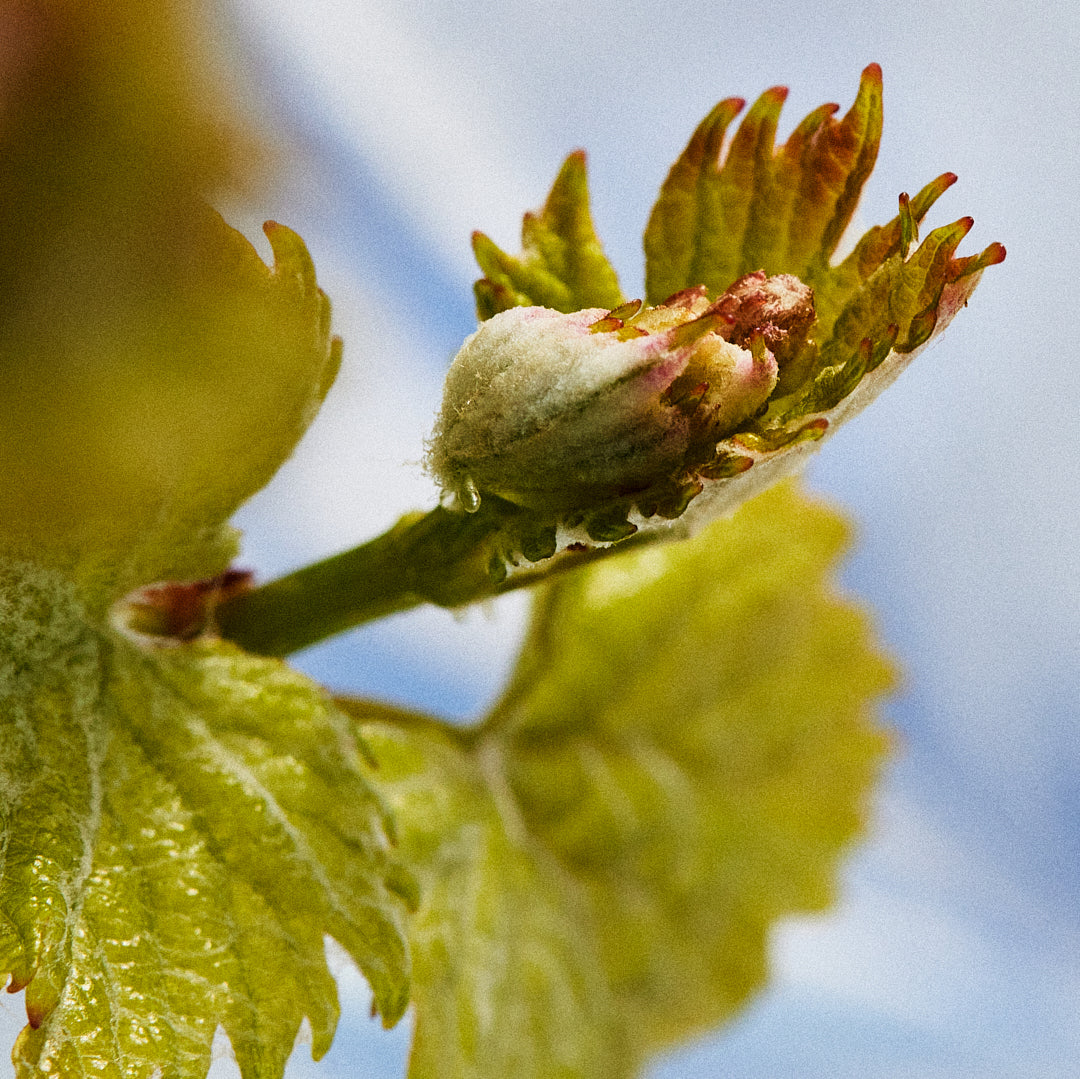
1986
One day, [my son] Jeremy, who was about 14 at the time, suggested that as we were a small enterprise trying to make a name for ourselves, how about we choose some minor but high quality grape variety and make a specialty of it? I thought that was a promising idea.
“So, I did my homework; read all the books. And the variety that really stuck out was Viognier, which...was very hard to get hold of.
I was studying wine science at Wagga at the time, and the nursery there happened to have some viognier vines...in 1986, we received about 100 very small rootlings.
So, we planted those.”
John Kirk
John KirkYou have to have the passion to persevere. In a way it proceeded poetically. If the land were to speak to us through wine, what would it say?
The only answer is to take a glass of Clonakilla Shiraz Viognier, and the answer is there in the glass.
1990
A landscape captured through wine
John first planted Shiraz at Clonakilla in 1972. Through the seventies and eighties the Shiraz was blended with Cabernet Sauvignon in traditional Australian style. In 1990 it was decided to keep the Shiraz component separate.
The Clonakilla 1990 Shiraz went on to win one silver, two gold and two trophies in three showings. Needless to say, the Kirks began to see Murrumbateman Shiraz in a new light.
“A tour de force in spicy, peppery varietal character”
James Halliday

Tim KirkI returned from the Côte-Rôtie just in time for the 1992 vintage and the Viognier that dad had been carefully nurturing bore fruit for the first time. Dad's vision at that time was to make a white Viognier.
With my head full of this co-fermentation idea, I proposed to dad that instead of making a white Viognier that we ferment it with Shiraz. And, to his credit he said, 'alright, let's give it a go'.
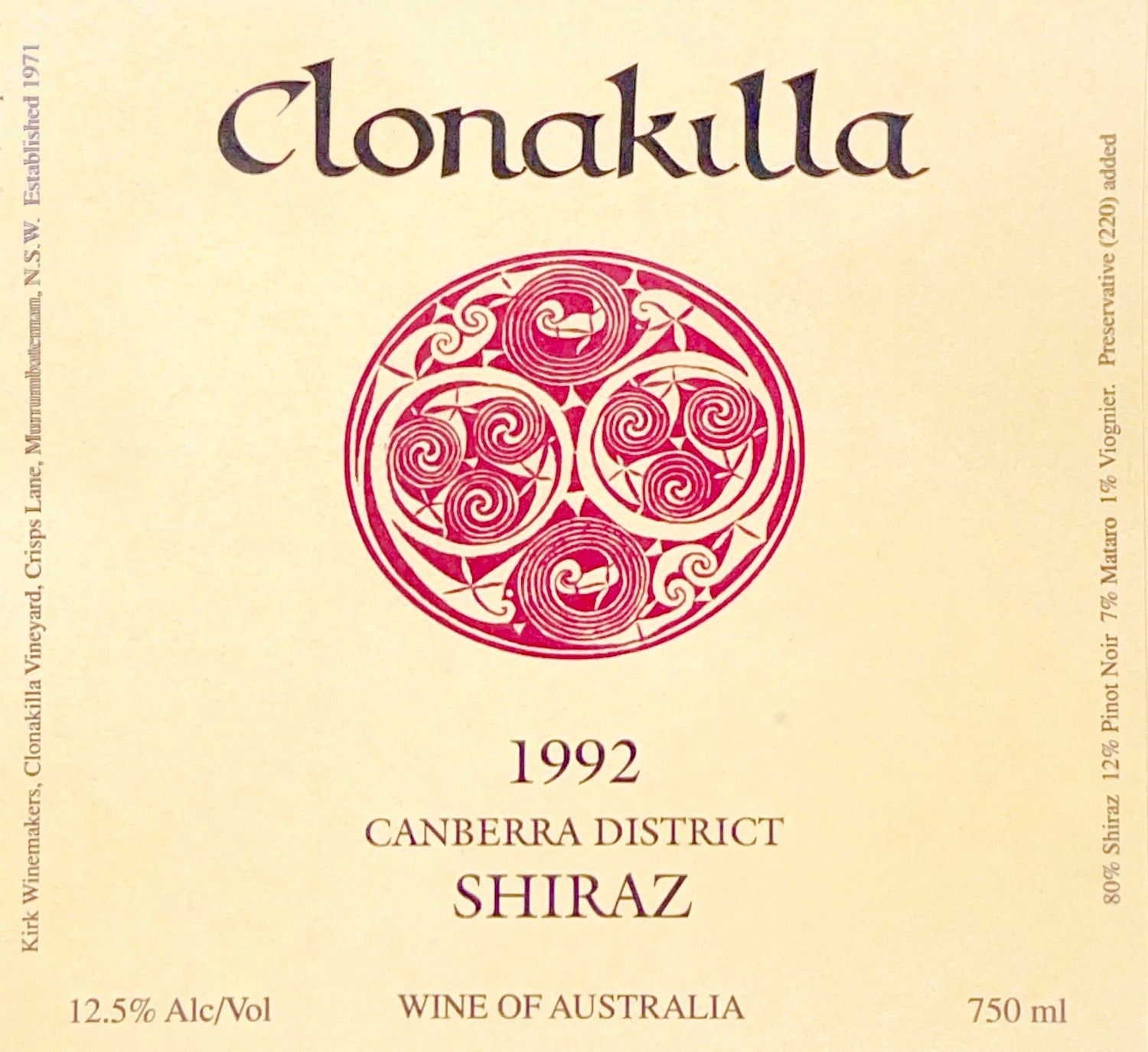
1992
First Shiraz Viognier
Thus marked the beginning of a new and exciting direction for Clonakilla. The resulting wine was a mix of four varieties. A close look at the label indicates: 80% Shiraz, 12% Pinot Noir, 7% Mataro and 1% Viognier.
Diary notes from the year record that the 1992 harvest season was cool and relatively dry, with picking taking place in mid-late April. The finished wine came in at a gentle 12.5% Alc/Vol. 1405 bottles were filled in July of 1993.
Clonakilla...really hits the button with its extremely stylish dark cherry and spice-laden shiraz.
James Halliday

2005
The Shiraz Viognier achieves an Outstanding ranking on the Langton's Classification of Australian Wine. In 2010 it achieved Exceptional, one of only 22 wines in the country to achieve that ranking.
“...one of the most important advances in the development of Australian Shiraz since the release of 1952 Penfolds Grange Hermitage”
Andrew Caillard, Langton's

2021 - 2022
50 YEAR CELEBRATION
In October 2022, Clonakilla celebrated 50 years with a comprehensive tasting day for winemakers and wine scribes followed by a dinner at the winery with 110 guests. It was the third attempt at staging this event. Covid surges had undermined the previous two tries. The party was a year late but worth the wait.
Many commented on how wonderful it was to see such an assembly of winemakers and writers in one place to celebrate 50 years of Clonakilla.
The standing ovation that Dr John Kirk received from those who gathered to celebrate was a moving testament to the esteem in which he is held, and very touching for the family members present.
John speaks about his life's work at Clonakilla in the video above.
The video below showcases highlights of the 50 year celebration and features commentary by Jeni Port, Huon Hooke, Ralph-Kyte Powell, Peter Bourne, Nick Stock and Tyson Stelzer.


